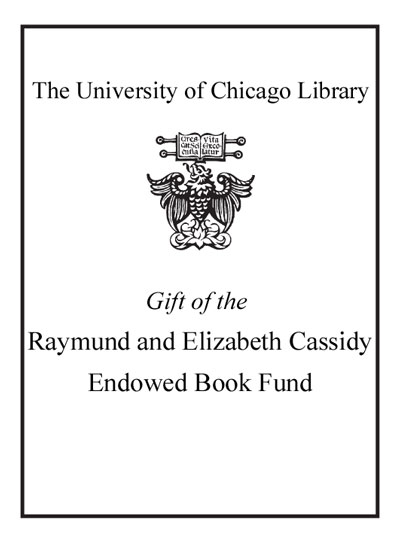| Summary: | "Three decades have passed since the Berlin Wall, providing an opportunity for a more up-to-date and definitive assessment of post-communist transition. With extensive data and numerous studies for nearly thirty countries, the book answers three questions. What is the outcome on economic, social, and democratic dimensions? Why did this vary so much across the region, and how much is this due to reform strategies vs. initial conditions? Why did some choose rapid reforms, others gradual - was it historical inertia, personalities of key leaders, societal commitment, or foreign influence? Answering these questions after 30 years allows a more balanced assessment of the key debates on transition: were radical or gradual reforms better; how did reforms affect living standards, income distribution and poverty; how did the process of democratisation and market liberalisation interact; what was the optimal way to privatise state assets and promote private, capitalist enterprise; what mechanisms were most effective to mitigate the costs of adjustment"--
|
|---|

